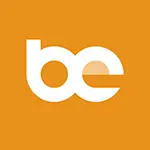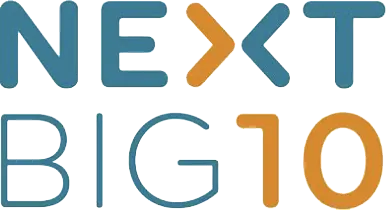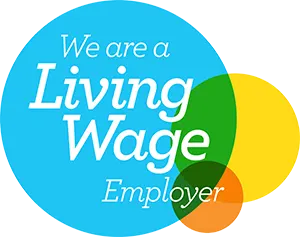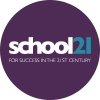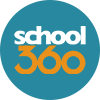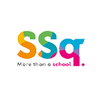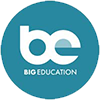The learner populations of many schools in the UK reflect the diversity we see in society and Ladybridge High School is no different. At Ladybridge, we have thirty-six languages spoken by our learners and we also have many learners with protected characteristics as part of our school community.

Our school has a clear set of beliefs that are woven into the ‘Ladybridge Way’:
- Learning is for all
- Learning changes lives
- And honesty promotes learning
The belief that ‘Learning is for all’ is clear to see in our school community and the celebration of our diversity is evident in our curriculum, displays around school and in our cultural celebration days.

As Head of English, I believe that we have a responsibility to introduce our learners to a wide range of literature, to provide opportunities for debate and discussion, and to spark curiosity and critical thinking. Perhaps more importantly, I believe that our learners have a right to see themselves reflected in the texts we study and in the writing we create. This (together with an ambitious vision that English should be a subject our learners would choose if it was an option) was the starting point for the launch of our new curriculum in September 2020. COVID and online learning provided the time to create a curriculum that was bespoke to our learners and one that our learners could see the relevance in (while still adhering to the National Curriculum).
Over the last three years, this has evolved into a curriculum that our department is incredibly proud of and we are constantly looking for ways to develop and refine this further. We study ‘The Gothic’ in Year 9 using a mixture of the expected and traditional texts combined with a study of Jinn stories from Islamic culture and an exploration of ghost stories from around the world. We tackle challenging topics and explore powerful voices of resilience and change in Year 8 through the study of racism and colonialism in poetry which builds to a more critical exploration of the GCSE poetry using John Agard’s voice as a way of questioning what we’re taught at school. Starting in Year 7, our learners explore how our voices can be tools of power and how we can spark positive change.
Following the Black Lives Matter protests in 2020, we now spend time looking at the purpose of statues and open up our classrooms as a safe space to debate, discuss and share our viewpoints. Our class readers, which are read for pleasure and discussion, aim to develop our understanding of our school community and society as we read books about neurodivergence, refugees, LGBTQIA+, class, bullying, religion and race.
This year, I started a ten-month training programme looking at Diversity, Equality and Inclusion (DEI) and this has prompted further thought and discussion around diversity in school and, specifically, how we support colleagues as well as learners. Some of the factors requiring further consideration include:
- According to the Office for National Statistics, the percentage of people over 65 had risen by nearly two million between 2011 and 2021 (16.4% to 18.6%). Age UK predicts that this percentage could rise to 32% by 2043. Due to the rise in the retirement age, we are likely to have more staff in school who fall into this age bracket.
- MPTP (Maternity /Paternity Teacher Project) suggests that approximately 3.4% of the teacher workforce is on maternity leave at any point. There are also suggestions that the ‘motherhood penalty’ can lead mothers to leave the profession (Schools Week).
- The NEU report that staff belonging to the LGBTQIA+ community are more likely to experience conflict and prejudice at work.
- According to Gov.UK in 2021, 85.1% of the teachers in English state-funded schools were white British and 92.5% of headteachers were white British. This shows that the teaching profession in England does not represent the diversity we see in society.
Recognising and acknowledging the nine protected characteristics is vital in building a culture that we can be proud of and that provides a safe space for all members. As educators, we need to identify opportunities for us to ally ourselves with colleagues, learners and parents.

Our Diversity Group has started the process of gathering data on feelings about diversity in school through the circulation of surveys for staff, learners and parents. Once we have the data, it may be pertinent to consider the following:
- How do we provide a physically and psychologically safe space in school for learners and staff?
- How do we educate and train staff on the protected characteristics and position all staff as allies?
- How could further exploration in diversity positively affect the recruitment issues?
- Diversity should be celebrated, not ‘tolerated’ as is so often suggested – can we do more to achieve this?
For more about Ladybridge High School, take a look at their Next Big 10 school page.
